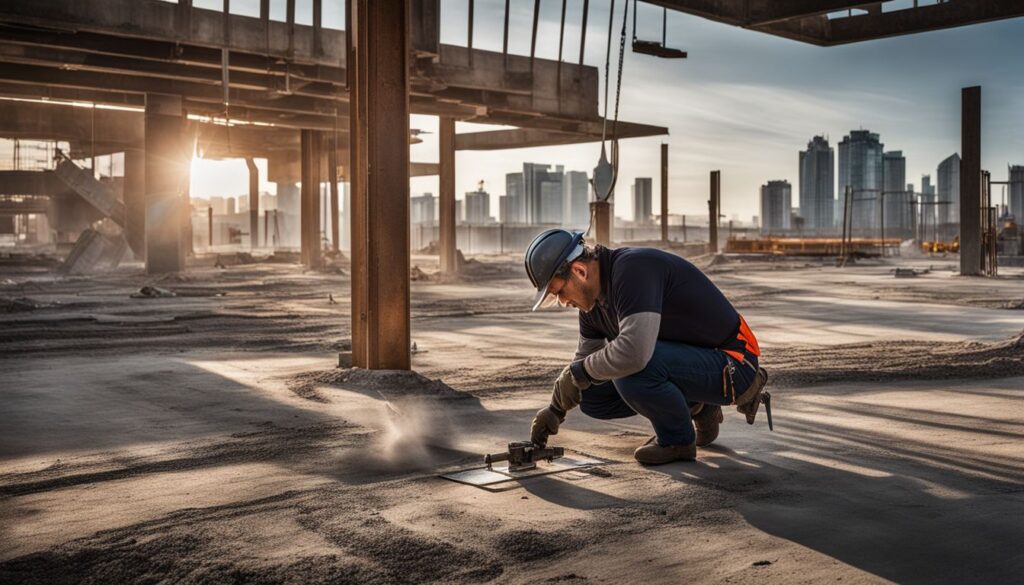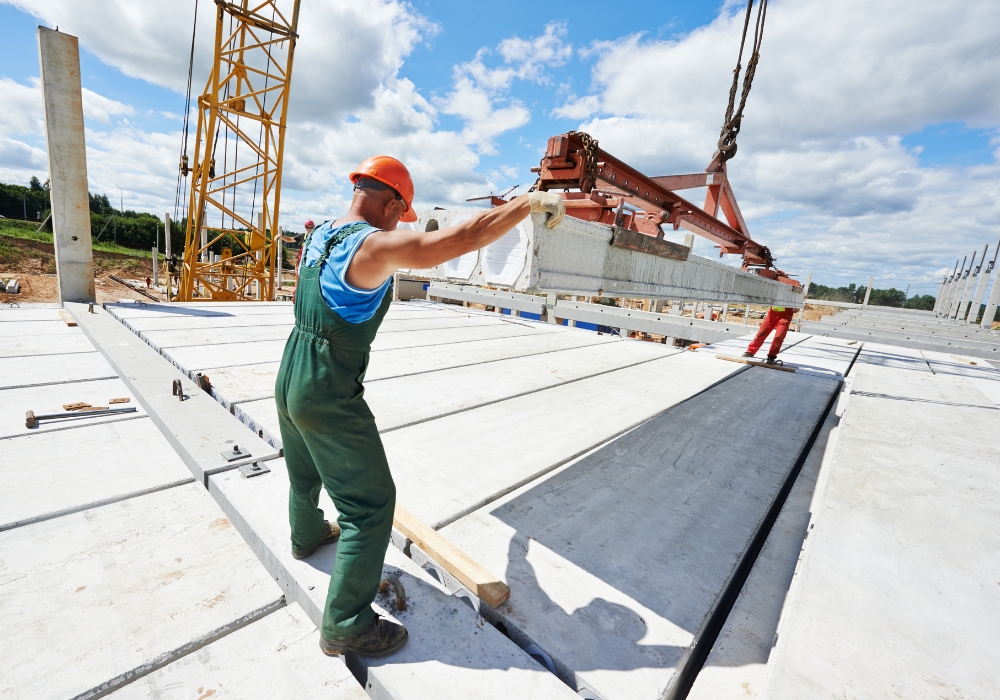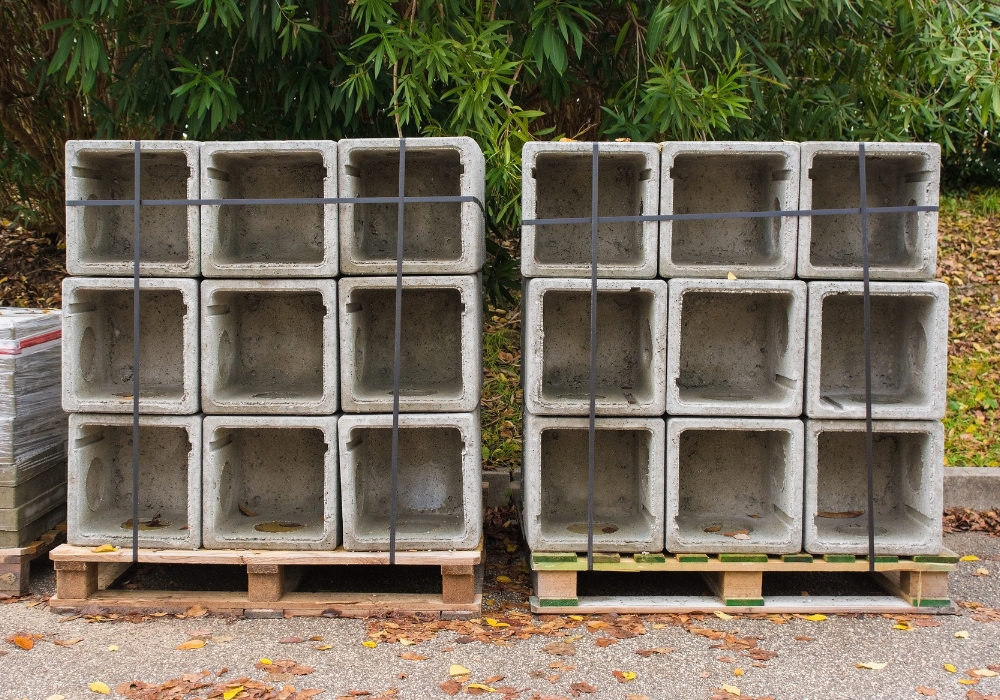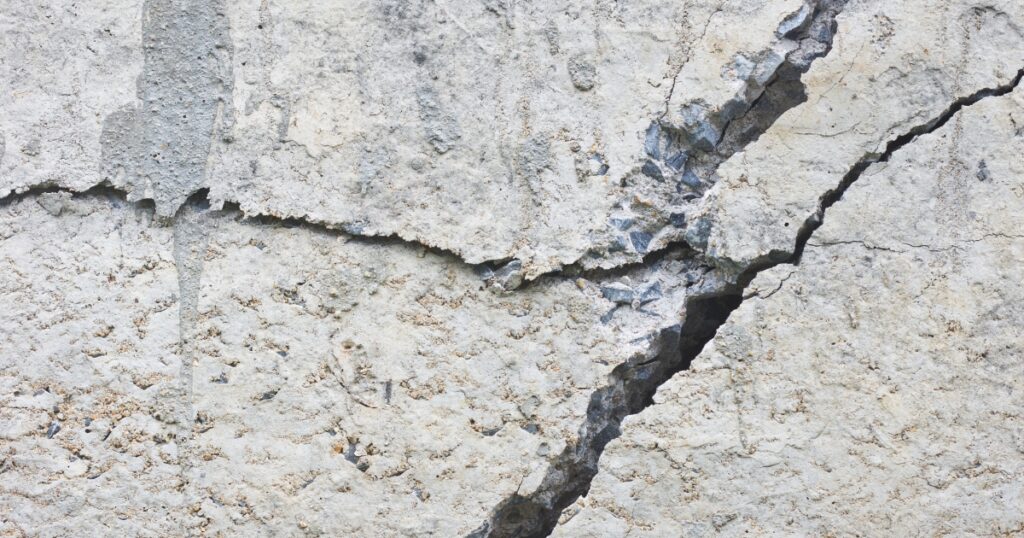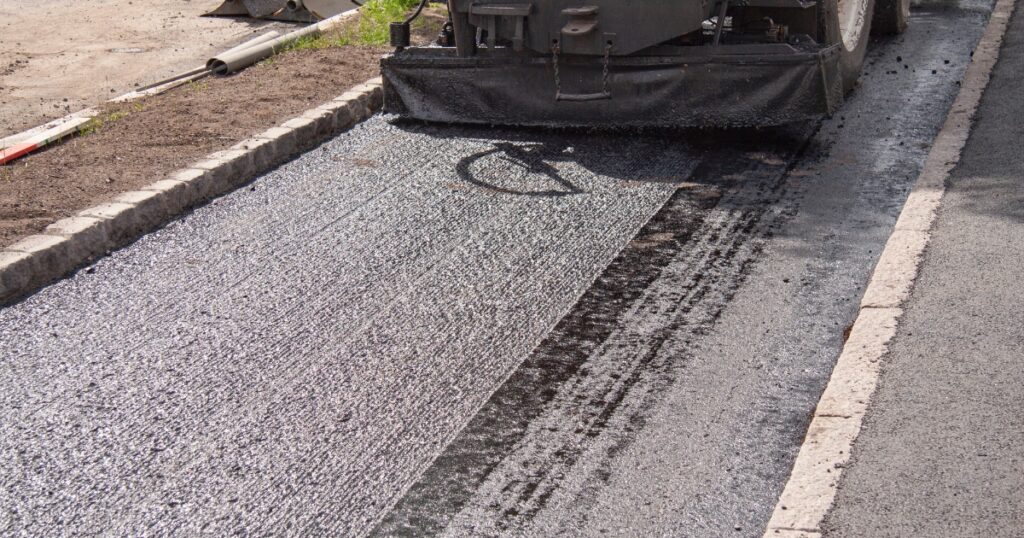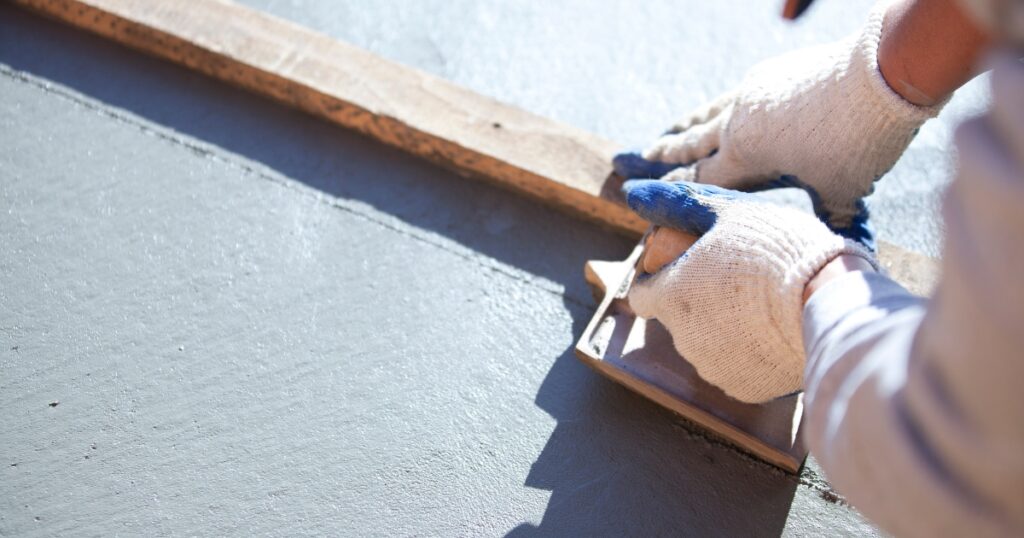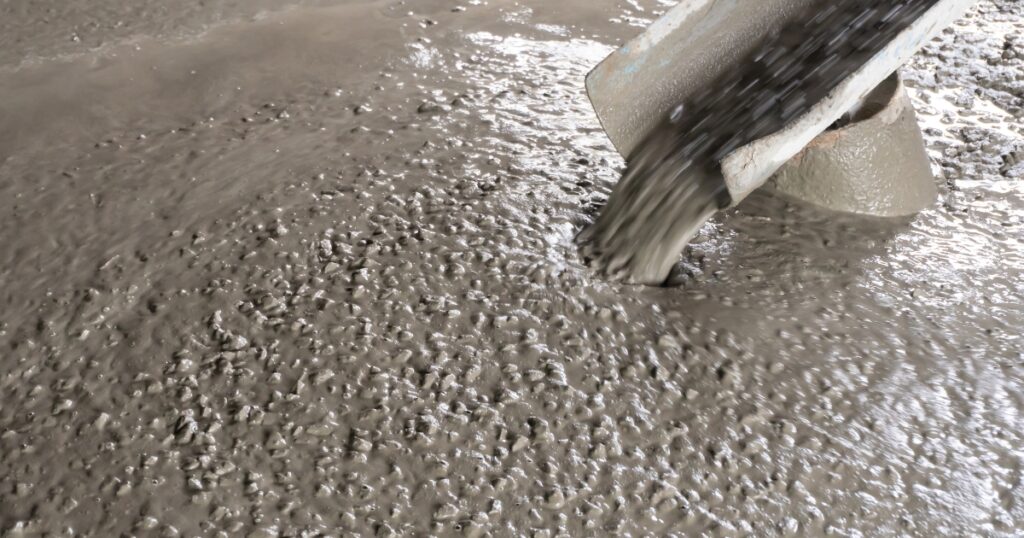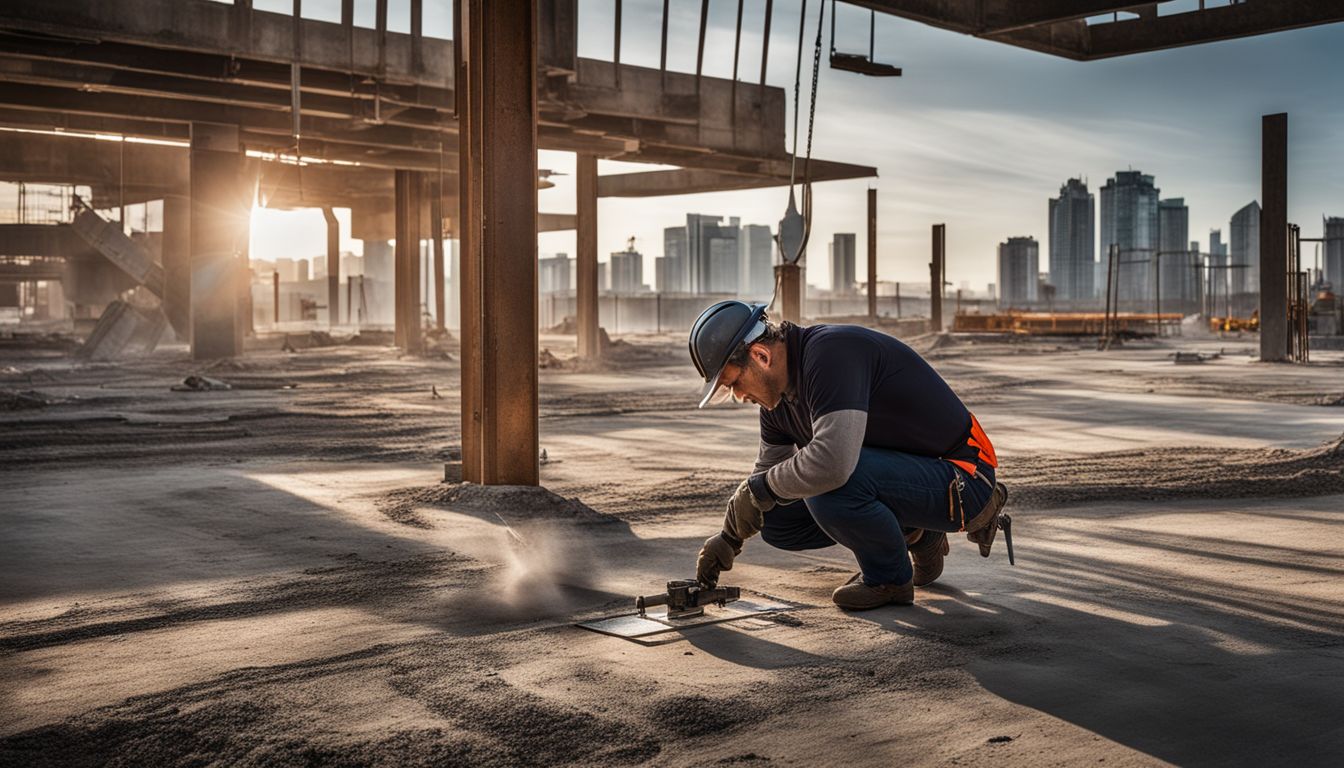
Reckon you’re up against it, trying to stay a step ahead in the ever-evolving world of concrete construction? You’re not alone, mate. We’ve felt the pinch too and know all too well the hurdles it throws your way.
That’s why we’ve pooled our knowledge, diving into industry insights to unearth some really groundbreaking concreting methods that are not just innovative but downright practical too.
This article is your guide through the latest practices set to change up how we approach building with concrete. Strap in for an enlightening yarn.
The Evolution of Traditional Concrete Construction
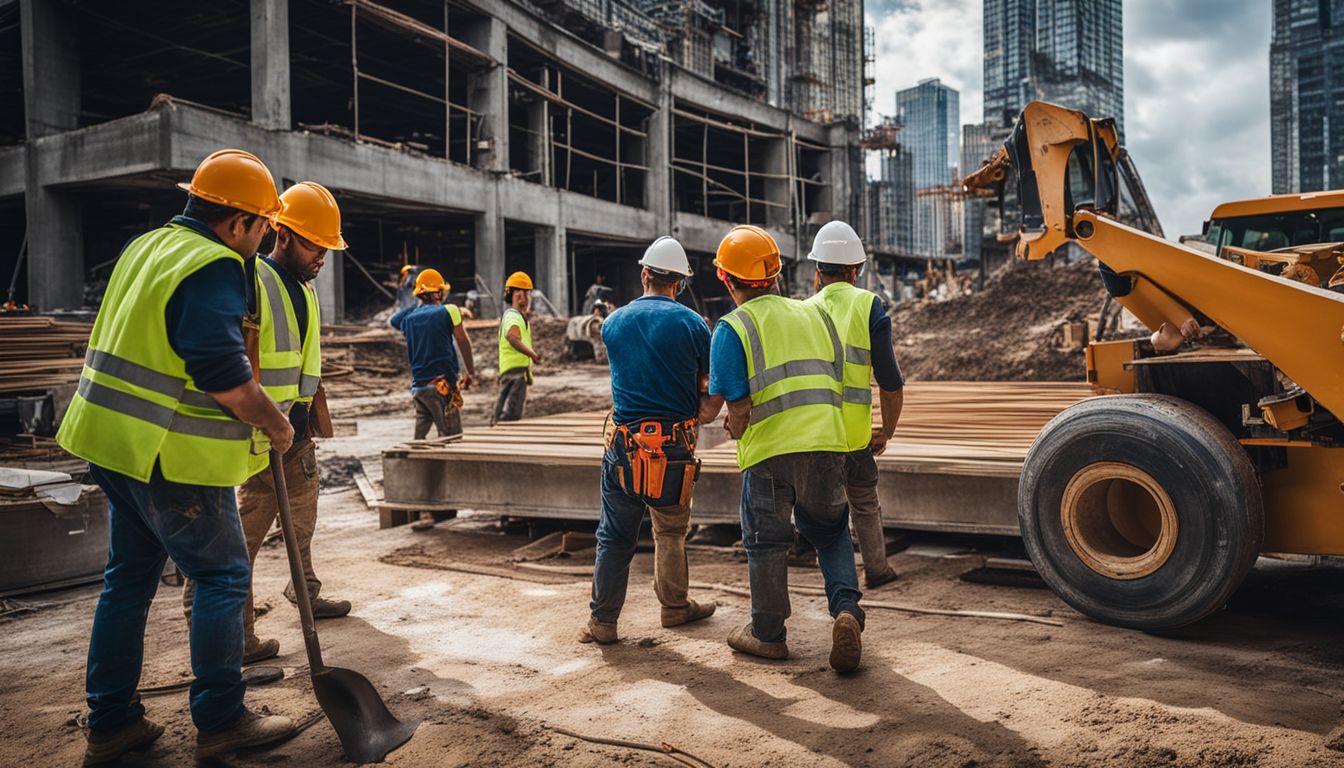
Traditional concrete construction has undergone significant changes over the years. New techniques and materials have transformed the way we approach concrete pouring and design. These advancements have not only improved construction processes but also enhanced the durability and sustainability of concrete structures.
Overview and Features
Exploring innovative concreting techniques takes us beyond the surface of traditional concrete pouring methods. We focus on cutting-edge practices that redefine how structures come to life, ensuring every project benefits from advancements in 3D concrete printing and sustainable concrete D printing.
Our exploration delves into creative concreting techniques that combine artistry with durability, pushing the boundaries of what is possible in construction today.
We bring actionable guidance to business owners looking to innovate in their projects. Techniques like high-frequency cutting and scanning for voids not only improve efficiency but also enhance safety on-site.
Advanced materials such as self-healing concrete and liquid granite offer new opportunities for sustainability and resilience in building designs. By incorporating these innovative approaches, we help ensure businesses stay ahead in a competitive industry while contributing positively to environmental stewardship.
Cost Structure and Material Use
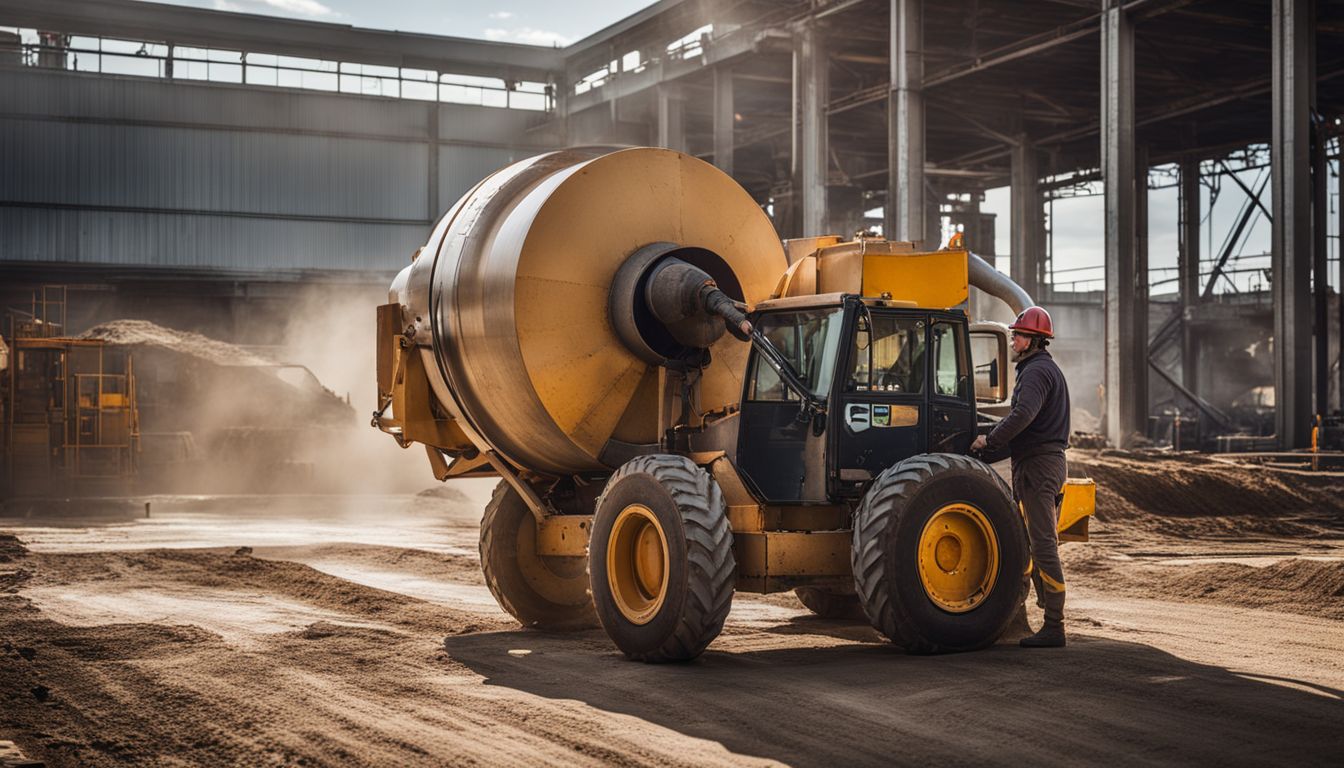
Understanding the cost structure and material use in concrete construction is crucial for us as business owners. It helps us make informed decisions that impact the overall budget and sustainability of our projects. Here’s a concise breakdown of these elements in an easy-to-reference format:
| Component | Description | Cost Impact |
|---|---|---|
| Materials | Includes cement, aggregates (sand, gravel), water, and admixtures. | Material costs can vary widely based on quality, availability, and geographical location. Bulk purchases often fetch better prices. |
| Labor | Skilled and unskilled labor for mixing, pouring, finishing, and curing concrete. | Labor costs are influenced by the project’s complexity, labor rates in the region, and efficiency of the workforce. |
| Equipment | Concrete mixers, vibrators, pumps, and other machinery. | Investing in high-quality equipment can be expensive upfront but can reduce labor costs and increase efficiency. |
| Formwork | Temporary or permanent molds into which concrete is poured. | Reusable formwork can offer cost savings over multiple projects. Custom formwork increases costs but may be necessary for unique designs. |
| Finishing | Surface treatment methods including polishing, stamping, and staining. | Finishing techniques can significantly affect the project’s aesthetic appeal and durability, impacting the overall cost. |
| Transportation | Costs associated with moving materials to the construction site. | Local sourcing of materials can reduce transportation costs. Bulk delivery can also offer savings. |
| Sustainability Measures | Efforts to make the construction process more environmentally friendly, such as using recycled materials. | May increase initial costs but can lead to long-term savings and contribute to corporate social responsibility goals. |
This table serves as a guide to understanding where your investment goes when engaging in concrete construction. Our next discussion will focus on the advent of digital fabrication with concrete, opening up new frontiers for innovation in our projects.
The Advent of Digital Fabrication with Concrete

Digital fabrication with concrete has opened up new possibilities in construction, allowing for innovative designs and complex structures to be realised. This advancement has created opportunities for precise customisation and rapid production of concrete elements, transforming the way we approach concrete construction.
Opportunities for Digital Fabrication with Concrete
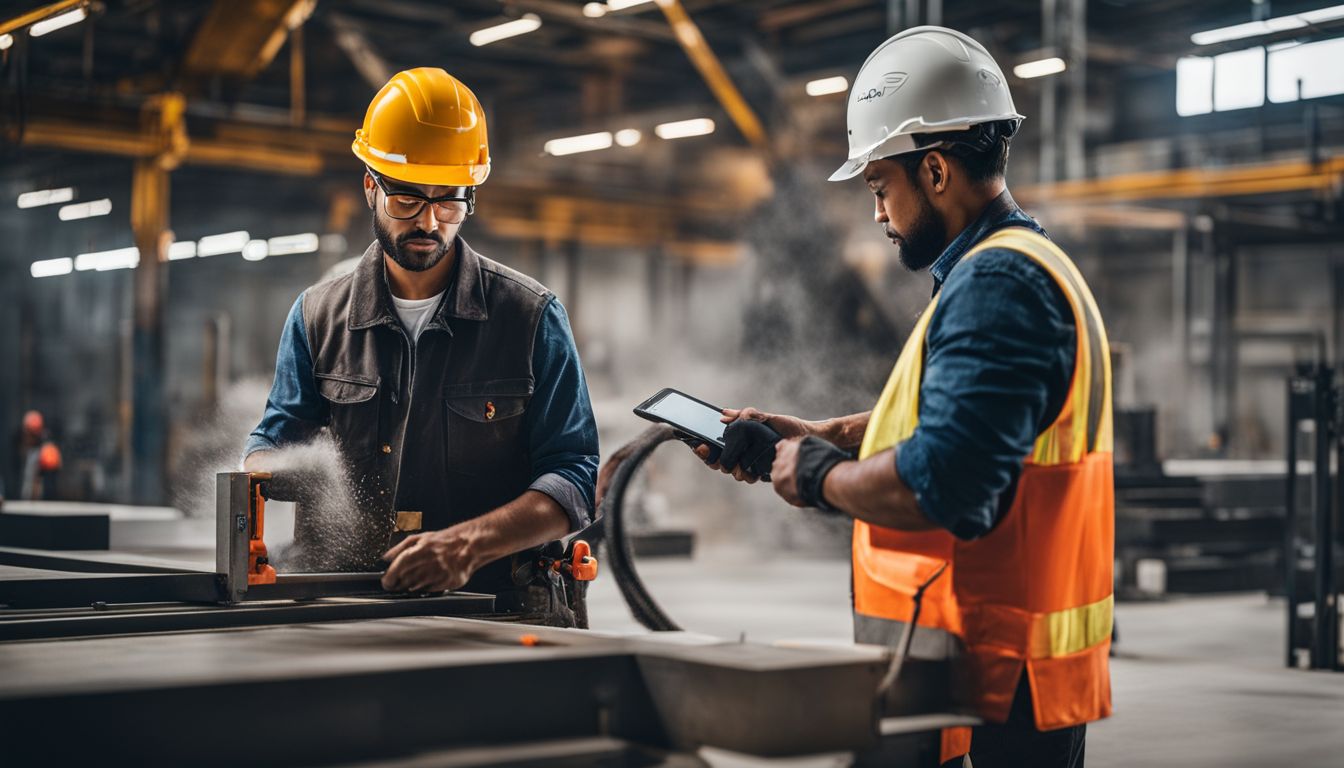
Exploring innovative concreting techniques with experts has opened our eyes to the vast potential of digital fabrication with concrete. This approach is reshaping how we think about construction, offering efficiency and creativity beyond traditional methods.
- Increased Precision in Construction: Digital fabrication allows for highly accurate measurements. This level of precision ensures that each component fits perfectly, reducing waste and saving time during construction.
- Customisation at No Extra Cost: With digital fabrication, creating custom shapes and designs doesn’t significantly increase the price. Business owners can offer unique architectural features without worrying about skyrocketing costs.
- Enhanced Speed of Production: Components can be produced faster than ever before. This rapid production capability means projects can be completed in shorter timelines, leading to greater satisfaction and quicker returns on investment.
- Sustainability Boost: By precisely using materials, digital fabrication minimises waste production. This method supports sustainable practices within the construction industry, appealing to environmentally conscious clients.
- Integration with 3D Concrete Printing: Combining digital fabrication with advancements in 3D concrete printing opens up possibilities for intricate designs that were once considered impossible or too costly to achieve.
- Real-Time Problem Solving: Issues can be detected and corrected in the design phase before any concrete is poured. This proactive approach saves resources and avoids the need for time-consuming repairs later on.
- Streamlined Collaboration Among Teams: Digital tools facilitate better communication between architects, engineers, and construction workers. Everyone has access to the same designs and specifications, which enhances teamwork and reduces errors.
- Opportunities for Onsite Fabrication: Portable digital fabrication equipment allows for components to be created directly on the construction site, further reducing transportation costs and environmental impact.
We find ourselves at a thrilling juncture where digital fabrication with concrete is not just a dream but a practical reality transforming our industry from the ground up. The opportunities are as solid as concrete itself—limitless in scope and transformative in potential.
Innovative Concrete Construction Techniques

Innovators in the construction industry are advancing concrete techniques, offering cutting-edge solutions that redefine traditional methods. To uncover more about these innovative approaches, delve into our article.
High Frequency Cutting
We’re exploring high frequency cutting as a groundbreaking technique in the concrete construction sector. This method uses advanced tools that vibrate at very high frequencies to cut through concrete smoothly and efficiently.
Unlike traditional methods, this approach reduces the amount of dust produced, making it a safer option for workers on the site. It also ensures precision in cutting, allowing for more intricate designs and shapes in concrete structures.
Moving from old-school techniques to high frequency cutting transforms how we handle concrete pouring techniques and innovative construction processes. Not only does it speed up the project timeline by enabling quicker cuts, but it also minimises wear on tools, saving costs in the long run.
Our next focus will cover controlling dust while cutting concrete, providing further insights into creating cleaner and more efficient work environments.
Controlling Dust while Cutting Concrete
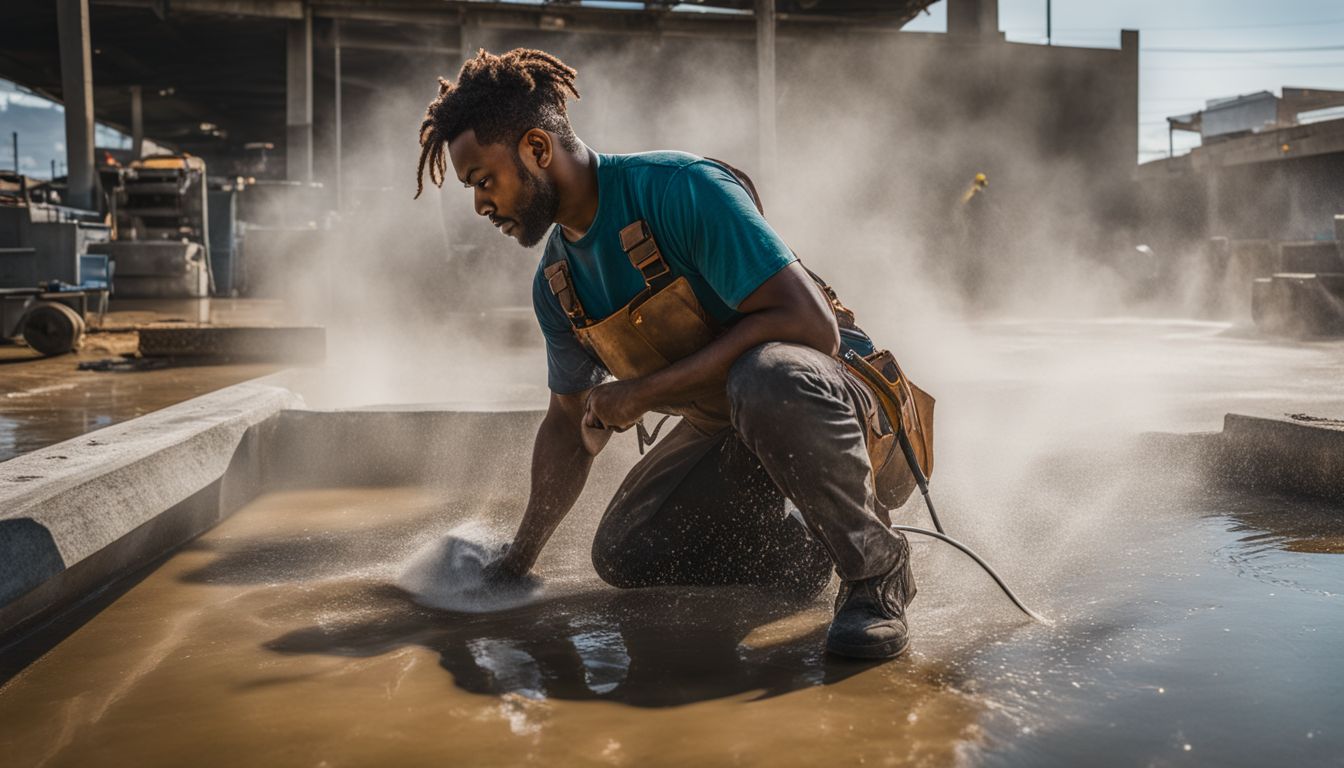
Moving from the precision of high-frequency cutting, we shift our focus towards controlling dust while cutting concrete. Managing dust effectively not only ensures a cleaner work environment but also minimises health risks for workers. Here’s how we tackle this critical aspect in innovative concreting techniques.
- Use water suppression systems: Water considerably reduces dust creation by binding dust particles together. We install water suppression systems on cutting equipment to prevent dust from becoming airborne.
- Implement local exhaust ventilation: This technique draws dust away at its source. Equipping cutting tools with vacuum extraction units captures dust immediately, reducing ambient air contamination.
- Choose the right cutting blades: Blades designed for lower dust generation make a significant difference. These advanced blades cut through concrete more efficiently, producing less debris.
- Seal off the work area: For indoor projects, we create barriers using plastic sheeting or other materials to contain the spread of dust to other parts of the site or building.
- Regularly clean workspaces: We maintain cleanliness by promptly removing concrete slurry and settled dust. This practice prevents re-entrainment of dust particles into the air.
- Provide personal protective equipment (PPE): Ensuring all workers wear appropriate PPE, such as masks with respirators and goggles, is crucial for safety when controlling concrete dust.
- Monitor air quality: Investing in air quality monitoring helps us identify potential hazards and adjust our dust control measures accordingly to maintain healthy working conditions.
- Educate team members on safe practices: Training is essential to equip our teams with knowledge on efficient and safe ways to minimise and manage concrete dust during operations.
Through these steps, we actively contribute to safer and more sustainable worksites by effectively controlling concrete dust hazards.
Scanning Concrete to Detect Voids
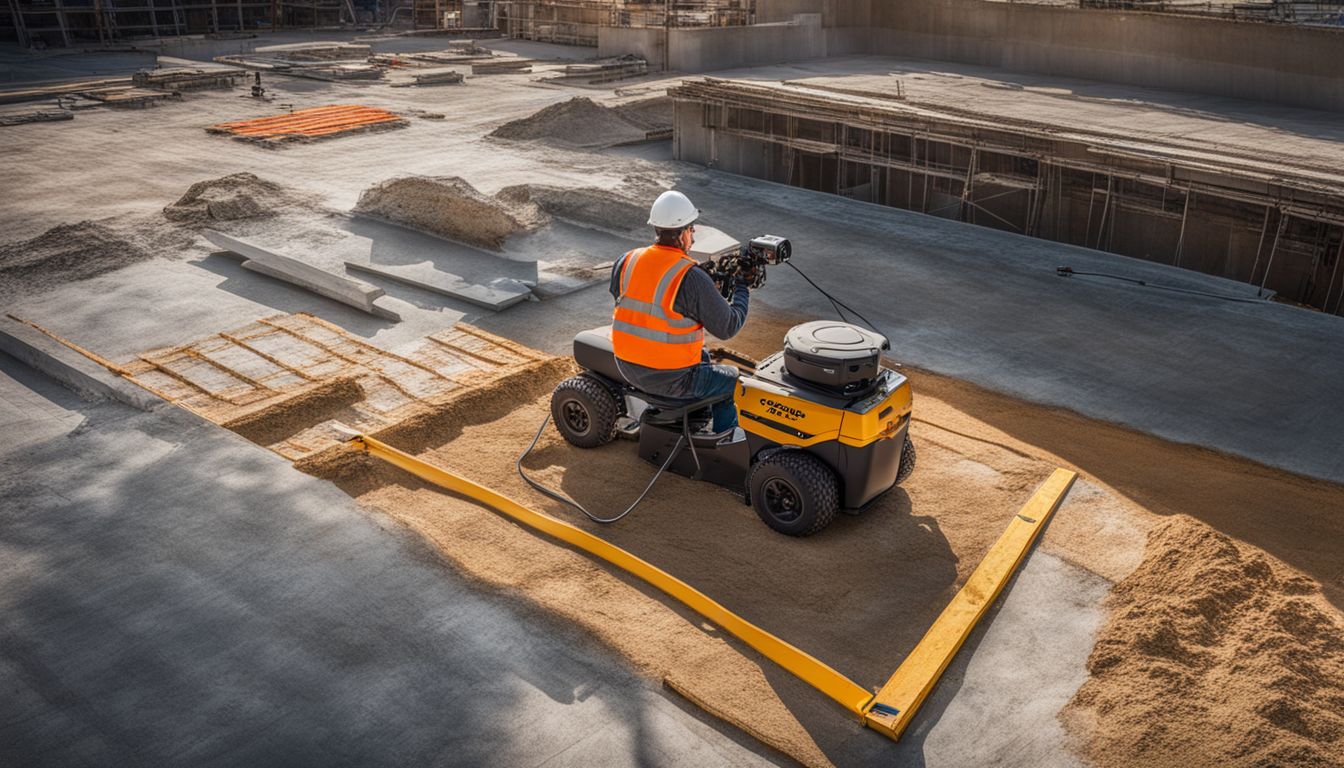
After tackling the challenge of controlling dust while cutting concrete, we shift our focus to another crucial aspect: scanning concrete to detect voids. This step is vital in ensuring the integrity and durability of concrete structures. We’ve gathered insights on how business owners can apply this innovative technique effectively.
- Utilise Ground Penetrating Radar (GPR) technology to scan concrete structures. GPR sends electromagnetic waves into the concrete and analyses the reflected signals to identify voids and anomalies.
- Implement ultrasonic pulse velocity tests, where sound waves are passed through concrete. Differences in wave transmission times help locate voids within the structure.
- Engage in regular visual inspections as a complementary measure to technological methods. Trained professionals can spot signs that suggest the presence of voids or potential weaknesses.
- Consider drone technology for hard-to-reach areas. Equipped with cameras and sensors, drones can provide a detailed overview, identifying problem spots more efficiently than manual inspections.
- Incorporate thermal imaging techniques to detect voids indirectly by identifying temperature variations on the surface of concrete structures which may indicate underlying issues.
- Keep detailed records of all scans and inspections performed. This documentation helps track structural health over time and makes future inspections more efficient.
- Train your team not only to operate these advanced technologies but also to interpret their data accurately. Understanding what lies beneath the surface requires both technical skill and experience.
- Cultivate a proactive maintenance regime based on the findings from these scans, addressing any detected voids immediately before they escalate into larger issues.
- Share data and insights with construction teams and stakeholders involved in your projects, ensuring everyone is aware of potential structural concerns early on.
- Develop strong relationships with tech providers specialising in scanning technologies; their expertise can be invaluable in both selecting the right methods for your needs and interpreting the results effectively.
Concrete Core Drilling
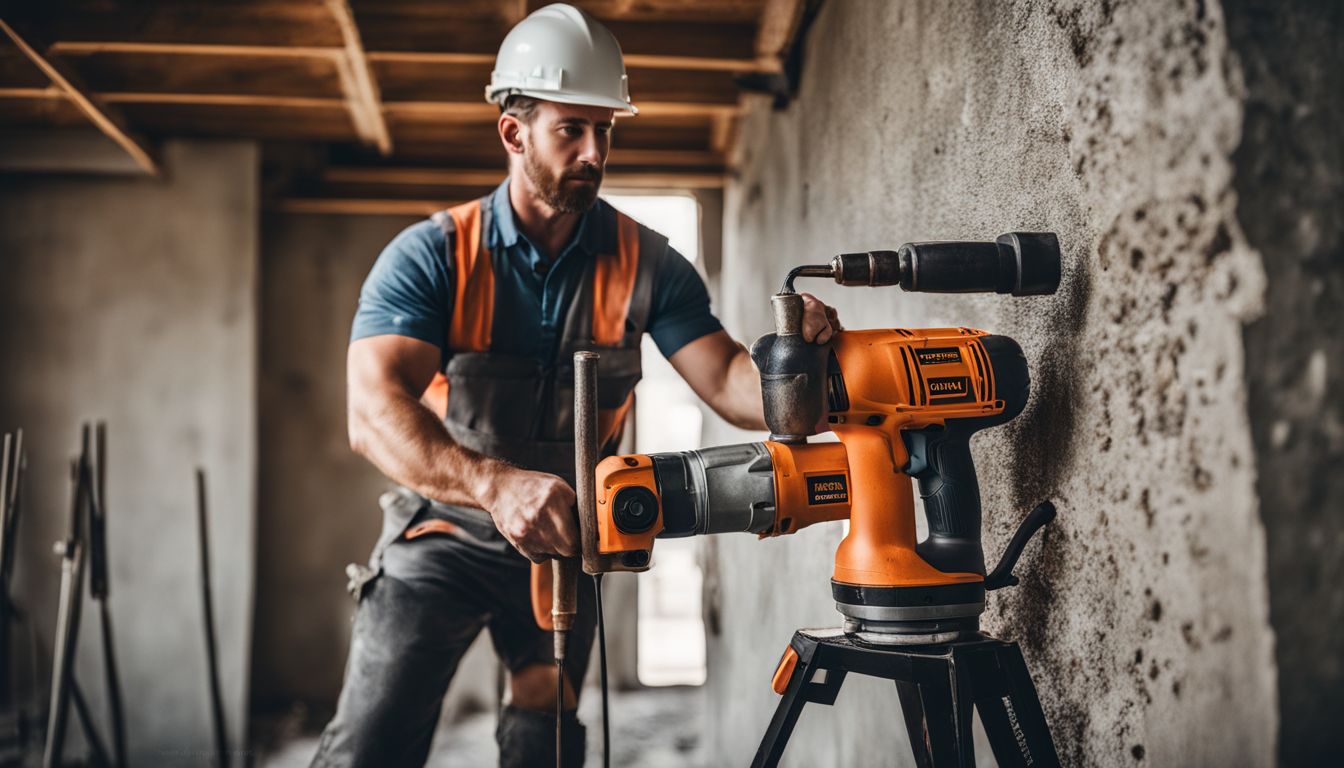
Moving from the innovative technique of scanning concrete to detect voids, we now shift our focus to another essential method in modern construction: concrete core drilling. This process plays a pivotal role in ensuring the integrity and durability of a structure.
Concrete core drilling offers an efficient solution for creating precise holes and openings in concrete structures. Here’s how we, as business owners, make this technique work to our advantage:
- Select the Right Equipment: We use diamond-tipped core drills because they can cut through concrete quickly and leave a smooth finish. This choice reduces wear on our tools and keeps projects moving swiftly.
- Determine the Drill Size: The size of the drill bit is crucial. It has to match the required diameter of the hole precisely. Whether for installing plumbing, electrical conduits, or ventilation shafts, accuracy ensures no time or material is wasted.
- Set Up with Precision: Before drilling starts, we ensure the drill is perfectly aligned with our marking. A well-set-up drill prevents errors that could compromise structural integrity.
- Use Water for Cooling: Drilling into concrete generates a lot of heat. We always use water to cool down the diamond-tipped bits. This practice extends the life of our bits and reduces dust production.
- Maintain Stability: To avoid any accidents or mishaps during drilling, we ensure that the drill rig is securely anchored. Stability is key to achieving clean cuts and preventing damage to surrounding areas.
- Monitor Progress Closely: Throughout the drilling process, we keep an eye on progress and make adjustments as necessary. Listening to feedback from both the equipment and material lets us know if speed adjustments or cooling enhancements are needed.
- Extracting Cores Carefully: After completing a drill, extracting the concrete core requires finesse to prevent it from breaking inside the hole or damaging its edges. These cores can be analysed for structural assessment or simply removed to accommodate building services.
- Effective Dust Management: Despite using water for cooling, some dust will still be produced during drilling operations; hence we incorporate effective dust management strategies to maintain air quality and visibility on-site.
- Investing in Training: We invest time in training our team on new techniques and safety measures related to core drilling processes; this ensures everyone stays safe and projects meet high-quality standards.
- Utilising Innovative Methodologies: By integrating advanced technologies such as laser-guided systems or real-time monitoring software, we enhance precision in our work, delivering better outcomes for every project tackled.
Each step in our approach towards concrete core drilling reflects our commitment towards innovation while emphasising safety and efficiency on all fronts.
The Intersection of Concrete Construction and Sustainability
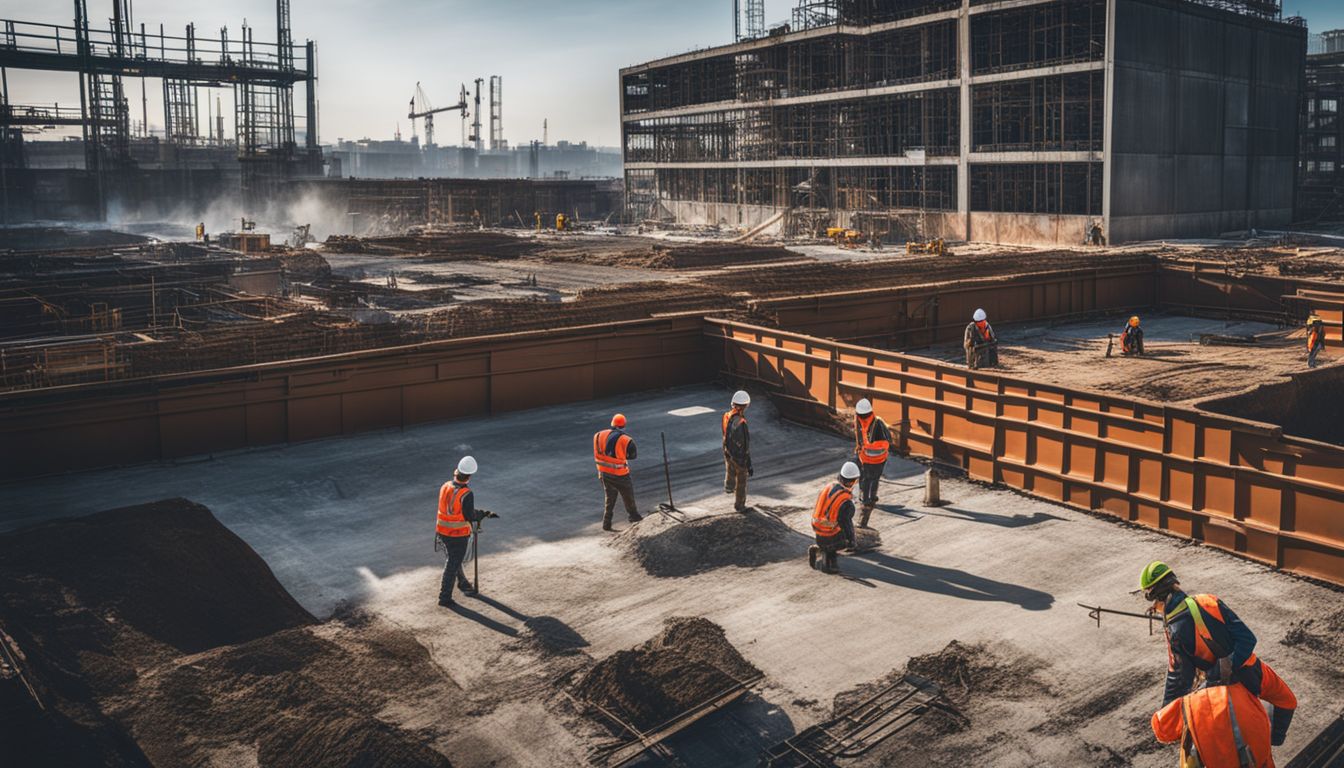
Concrete construction and sustainability intersect in various ways, ensuring durability while minimising environmental impact. Preventing concrete from cracking and reusing formwork among construction sites are key initiatives that enhance sustainability.
Preventing Concrete From Cracking

Preventing Concrete From Cracking
Concrete cracking can be mitigated through these methods:
- Use of proper concrete mix designs to control shrinkage and ensure adequate strength.
- Employing reinforcement techniques like steel rebar or fibres to enhance tensile strength and resist cracking.
- Implementing proper curing methods, such as maintaining adequate moisture levels and temperature control during the curing process, to prevent early-age cracking.
- Adhering to sound construction practices, including proper joint placement, to minimise cracking risks.
- Incorporating advanced additives or admixtures that enhance concrete durability and reduce the likelihood of cracking.
With our suite of preventive measures in place, we ensure high-quality concrete structures that stand the test of time and deliver lasting value to your projects.
Reuse of Concrete Formwork Among Construction Sites
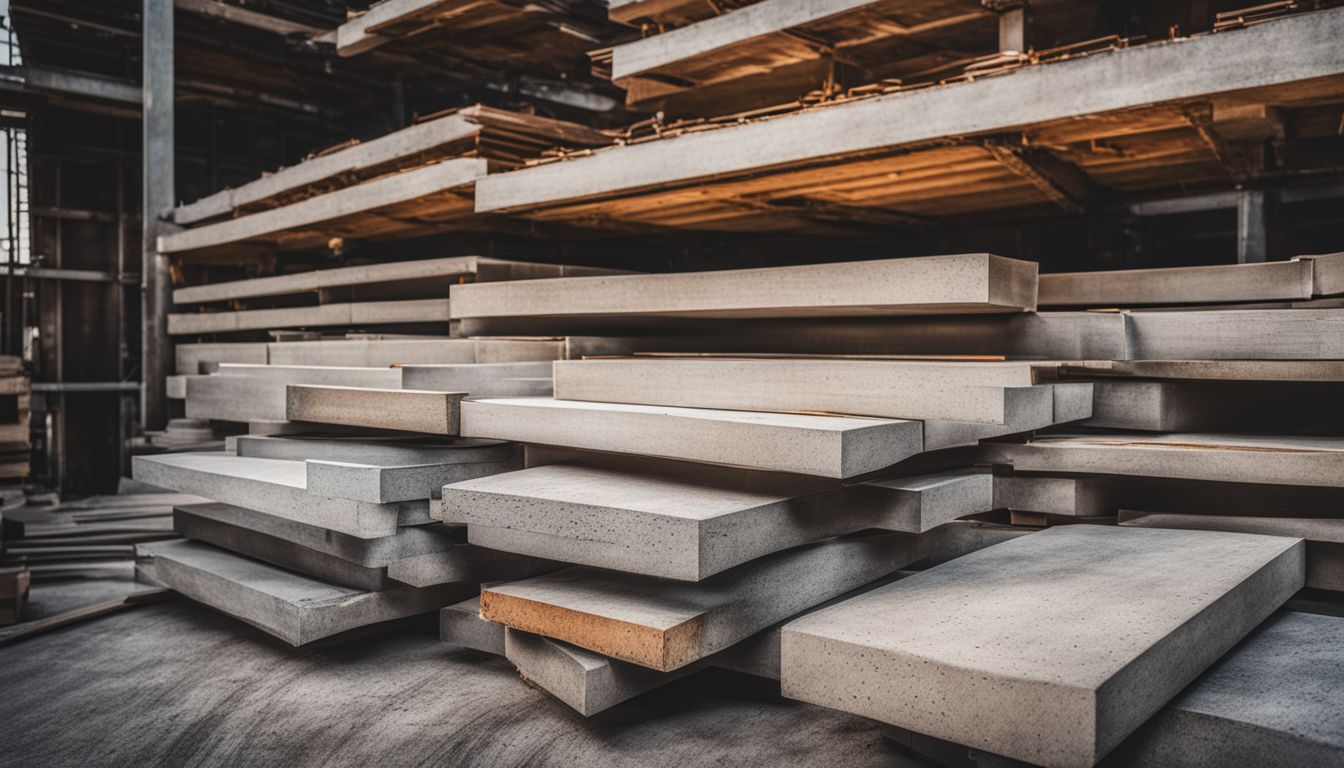
Concrete formwork reusability is a cost-effective and sustainable practice that benefits construction sites. It reduces material waste, maximises resource utilisation, and minimises environmental impact. These strategies enhance the longevity and efficiency of concrete formwork.
- Implementing a system for carefully dismantling formwork to maintain its structural integrity for future use.
- Utilising technology to assess and classify formwork components based on their condition for optimal reusability.
- Applying protective measures during formwork construction to ensure durability for multiple applications.
- Developing standardised protocols for inspecting and storing formwork to facilitate seamless reuse across different projects.
- Training staff on proper handling and maintenance of concrete formwork to maximise its lifespan and usability.
- Collaborating with suppliers to source high – quality materials that can withstand multiple applications without compromising safety or quality standards.
Implementing these strategies fosters sustainable construction practices, reduces project costs, and contributes to a greener environment.
Ensuring Durability in Every Project
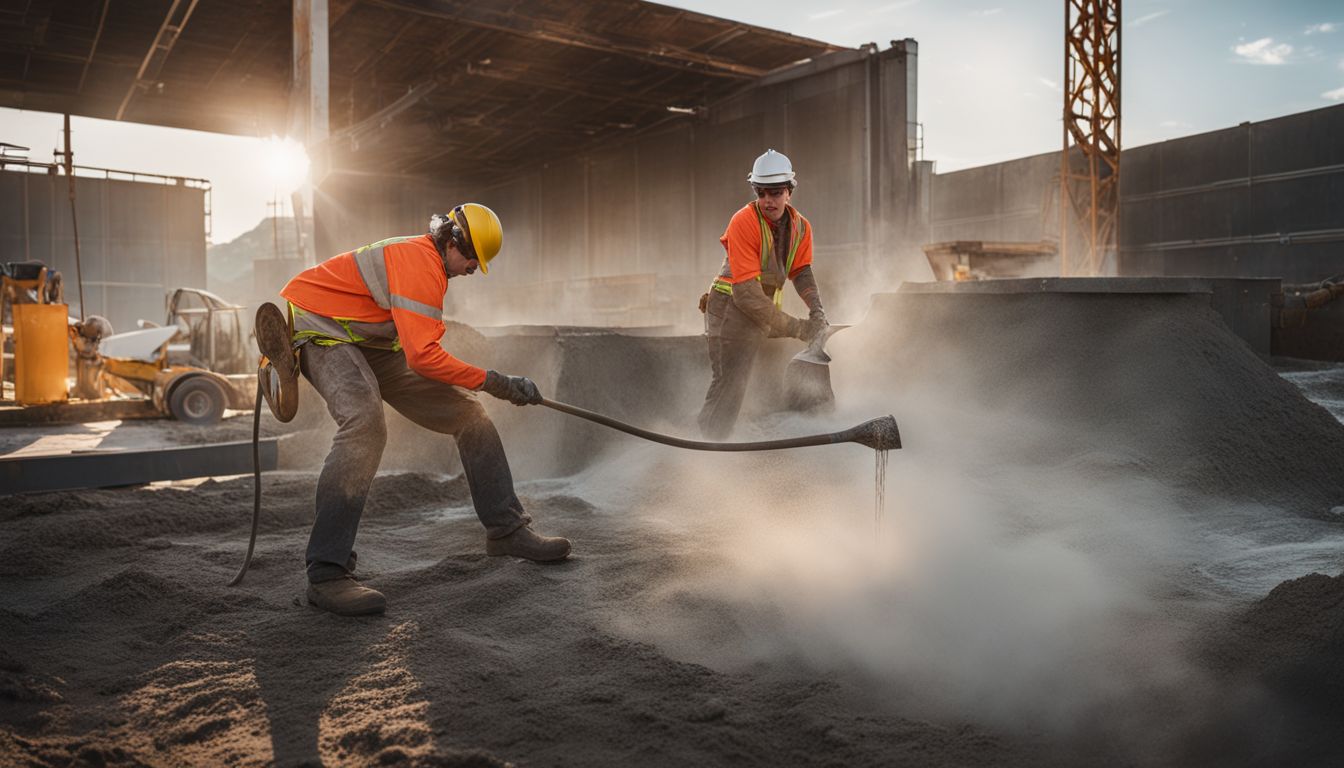
To ensure durability in every project, we incorporate advanced concrete mixing techniques and state-of-the-art reinforcement materials. Our approach involves utilising innovative additives to enhance the strength and longevity of the concrete.
Additionally, we apply cutting-edge curing methods to optimise the performance and resilience of the concrete structures. By integrating sustainable elements with robust construction practices, we guarantee that each project withstands environmental challenges while maintaining its structural integrity over time.
Through meticulous testing and strategic material selection, we tailor our solutions according to specific project requirements, ensuring long-term durability and sustainability without compromising on quality or performance.
Our commitment to excellence extends beyond traditional standards, as we continuously seek new ways to improve and innovate in order to meet the evolving demands of modern construction practices.
Exploring Innovations at World of Concrete Event
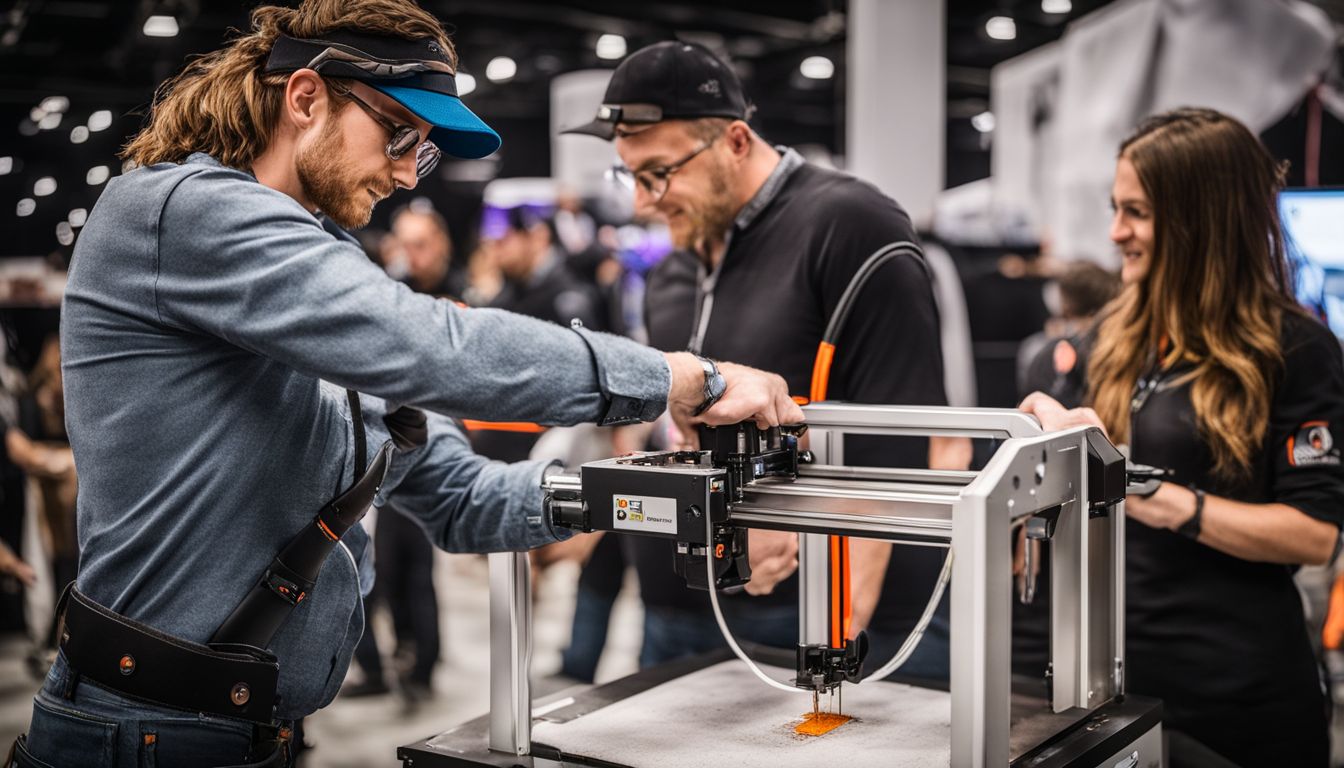
World of Concrete Event introduces cutting-edge technologies, including innovative concrete pouring techniques and advancements in 3D concrete printing. Experts showcase new concrete products and artistic mortar and masonry joints.
The event also highlights sustainable concrete 3D printing, addressing the challenges of printed construction with actionable guidance for business owners.
Moving forward to “8. Material Evolution: From Traditional to Innovative Construction Materials”.
Material Evolution: From Traditional to Innovative Construction Materials

Innovative construction materials have revolutionised the industry, offering alternatives to traditional concrete. These materials include transparent wood, carbon fibre, self-healing concrete, liquid granite and bending, flexible concrete.
Transparent Wood
Transparent wood is a cutting-edge building material formed by removing lignin, a light-absorbing polymer, from natural wood. This process renders the wood transparent while retaining its strength and lightweight properties.
The innovative application of transparent wood in construction offers an aesthetically pleasing alternative to traditional glass windows and panels. It also presents an opportunity for sustainable design as it can reduce the reliance on non-renewable resources such as plastic and glass, with potential applications in modern architecture and interior design.
Moving forward to “Carbon Fibre”…
Carbon Fibre
Carbon fibre is a versatile and strong material that offers numerous advantages for various industries. It provides high strength-to-weight ratio, making it an ideal choice for lightweight yet durable construction materials.
The use of carbon fibre can lead to increased efficiency, reduced energy consumption, and lower operational costs in the long run. By integrating carbon fibre into construction projects, businesses can enhance their competitiveness while promoting sustainability and innovation in their operations.
Self-Healing Concrete
Self-healing concrete, a groundbreaking innovation in construction materials, incorporates microorganisms or capsules of healing agents that react when cracks form. These can also contain bacteria and organic matter that multiply to fill the fissures with calcite, effectively restoring structural integrity.
This sustainable approach not only minimises maintenance costs but also significantly enhances the longevity of cement structures. By proactively addressing potential damage, self-healing concrete promotes durable and cost-efficient building solutions while aligning with sustainability efforts.
Furthermore, self-healing concrete has unlocked new possibilities for construction durability without compromising environmental preservation. It stands as a testament to the ever-evolving nature of innovative construction materials and sets a precedent for cutting-edge methodologies across the industry.
Liquid Granite
Liquid Granite is a cutting-edge construction material that offers unparalleled durability and aesthetic appeal. This innovative product utilises advanced polymer technology to create a seamless, high-performance flooring solution suitable for a range of commercial and industrial applications.
The versatile nature of Liquid Granite makes it an ideal choice for business owners seeking modernised paving solutions that deliver long-lasting performance. With its state-of-the-art composition and robust properties, Liquid Granite exemplifies the ever-evolving landscape of innovative construction materials.
As we explore the realm of groundbreaking cementing approaches, let’s delve into the next point: “Bending, Flexible Concrete.”
Bending, Flexible Concrete
The development of bending, flexible concrete marks a significant advancement in modern construction materials. This innovative product offers unprecedented versatility, ideal for creating intricate designs and resilient structures.
Businesses can now explore exciting possibilities for artistic concrete painting methods as well as revolutionary paving solutions, offering both aesthetic appeal and durability.
Moreover, the use of bending, flexible concrete introduces new opportunities to push the boundaries of traditional concreting techniques and opens doors to groundbreaking cementing approaches that challenge industry norms.
As we move forward into the future of construction materials, the evolution towards more dynamic and adaptable products will continue to shape the landscape of modern building methodologies.
The Future of Concrete: 3D Printing Systems and Structural Optimisation
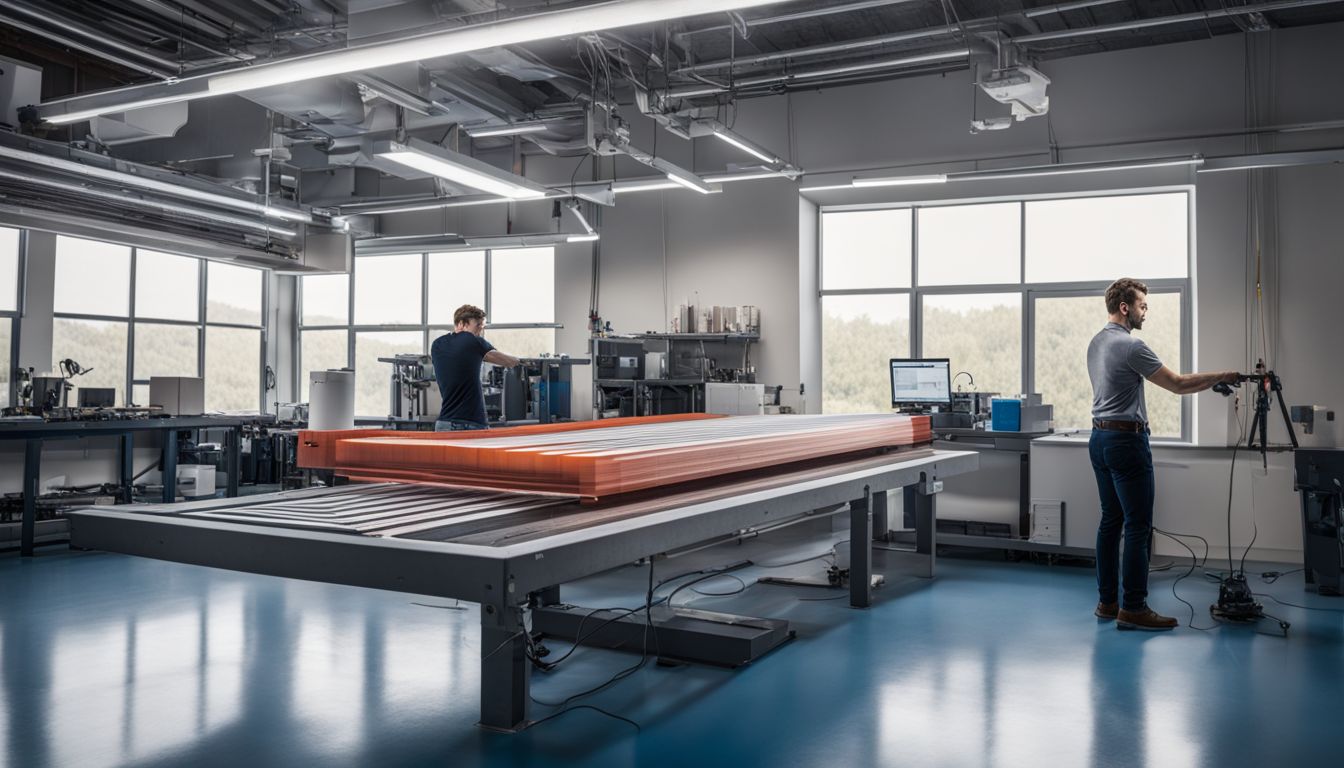
The future of concrete construction lies in 3D printing systems and structural optimisation. Engineers are designing, simulating, and testing carbon-efficient reinforced 3D concrete printed beams.
Additionally, they’re developing structural fibre-reinforced cement-based composites tailored for particle bed 3D printing systems.
Design, Simulation, and Testing of Carbon-Efficient Reinforced 3D Concrete Printed Beams
Designing, simulating, and testing carbon-efficient reinforced 3D concrete printed beams involves advanced engineering techniques to ensure optimal structural performance and environmental sustainability. Here are the key steps involved in this process:
- Conducting detailed design analysis to optimise the use of carbon – efficient materials, ensuring structural integrity while minimising environmental impact.
- Simulating the printing process using cutting – edge digital modelling software to visualise the production of reinforced 3D concrete beams with precision and accuracy.
- Implementing rigorous testing protocols to assess the strength, durability, and resilience of the printed beams under various load conditions, ensuring compliance with industry standards and regulations.
- Incorporating innovative reinforcement strategies, such as fibre – reinforced additives, to enhance the overall performance and longevity of the printed concrete beams.
- Leveraging sustainable practices throughout the design, simulation, and testing phases to minimise waste generation and energy consumption, aligning with eco-friendly construction principles.
- Collaborating with industry experts in material science and 3D printing technology to continuously refine and innovate the carbon-efficient reinforced 3D concrete printing process for future applications.
These steps demonstrate a comprehensive approach to achieving superior performance and sustainability in modern concrete construction practices while embracing cutting-edge technologies.
Structural Fibre-Reinforced Cement-Based Composite Designed for Particle Bed 3D Printing Systems
We’ve previously delved into the realm of concrete innovation with a focus on 3D concrete printed beams. Now, let’s dive into the advanced Structural Fibre-Reinforced Cement-Based Composite designed specifically for Particle Bed 3D Printing Systems:
- This innovative composite material is fortified with high – strength fibres to enhance its structural integrity and durability.
- The particle bed 3D printing approach ensures precise deposition of the composite material, allowing for intricate and customisable designs while significantly reducing material wastage.
- Its improved tensile strength and ductility make it an ideal choice for complex architectural and engineering applications, offering a balance between structural performance and design flexibility.
- The use of this composite in 3D printing systems also contributes to sustainable construction practices, minimising material usage and energy consumption.
- With its potential to revolutionise construction processes, this cutting-edge composite opens up new avenues for creating tailored, high-performance structures that meet the evolving demands of modern architecture and construction.
Case Study: Innovative Concrete Techniques in Practice

Exploring the Parque de Castilla Footbridge in Madrid offers a real-world demonstration of how innovative concrete techniques are implemented. The footbridge showcases advanced construction methodologies and sustainable approaches, providing practical insights into the successful application of cutting-edge concrete technologies.
Parque de Castilla Footbridge in Madrid
The Parque de Castilla Footbridge in Madrid showcases innovative concrete construction techniques. The bridge exemplifies the performance of 3D printed concrete and sustainable D printing while also demonstrating ground-breaking cementing approaches.
The modernised design not only reflects but also upholds the state-of-the-art construction practices, utilising advanced concreting methods and cutting-edge building technologies to create a durable and aesthetically pleasing structure for the community.
Incorporating new concrete products and artistic concreting techniques, this case study provides actionable insights for business owners looking to expand their knowledge on innovative concrete manufacturing methods and progressive building methodologies.
Conclusion

Exploring innovative concreting techniques has been an eye-opening journey, revealing the incredible advancements in concrete construction. From digital fabrication to sustainable practices, and 3D printing systems, the evolution of concrete technologies is truly fascinating.
The future promises even more groundbreaking innovations that will transform the construction landscape. It’s an exciting time to be part of this ever-evolving realm!
For more insights on how professionals are raising the bar in concrete durability, delve into our detailed examination Setting the Standard: How Maitland Concreters Ensure Durability in Every Project.
